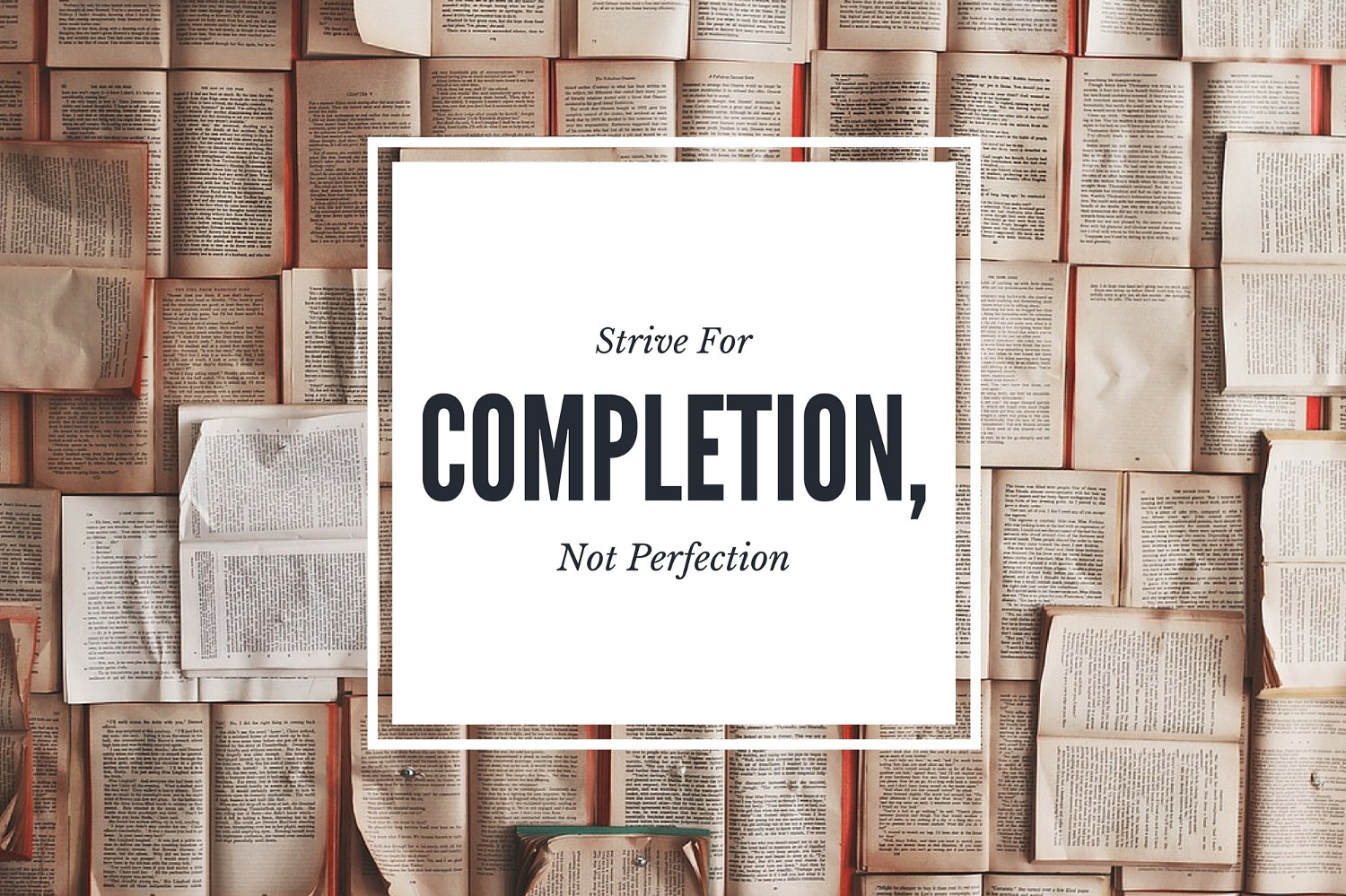In coaching clients on how to answer commonly asked interview questions, I always tell them not to use the canned answer, “I’m too much of a perfectionist,” for the “What’s your greatest weakness?” question for several reasons.
One, it’s just that, a “canned answer” and recruiters know that. They’ve heard it a million times. Two, perfectionism isn’t always a strength disguised of a weakness. It can be an actual weakness that acts as an obstacle to your work performance and even the pursuit of your passions.
Perfectionism Results In Delay
Those with perfectionist tendencies usually delay their passions and projects because they’re waiting for everything to be perfect before turning in their assignment, releasing their project, starting their new business or launching their new product.
I often witnessed this among the recording artists I previously worked with when I used to do image consulting. Once a song was finished, instead of taking the necessary steps to finalize it, they would continue tweaking the recording and production of the song, spending extra time and money in the studio.
While it’s risky to tell a potential employer that you’re too much of a perfectionist because they may interpret that as being a procrastinator or someone who doesn’t see things to completion, it’s even riskier to use perfectionism as a way to procrastinate or not follow through on your dreams and your passions.
You can always find ways to improve something you’re excited about, but if you’re doing so to the point that no one is benefitting from what you have to offer because you’re still keeping it under wraps, then what’s the point?
It’s always a bit scary to put something out there with your name on it, not knowing what people are going to think about it or how they’re going to receive it. You’re making yourself vulnerable to possible criticism.
But you also can’t wait until everything’s perfect or the timing’s perfect, because there’s no such thing. So what is a perfectionist to do?

Beta Test
Learn to view your creations and the work you’re passionate about in phases. For instance, when a tech company launches a new site or app, it’s typically first launched in beta as a way to test the product in the market and test its performance. Why not try the same approach?
Your “phase one” could be to share your idea with a small segment of your market and ask for their feedback, or do a focus group to test your idea with a small group of potential customers.
Then, go back and make any necessary tweaks and don’t waste time with the unnecessary ones. Rinse and repeat for phase two. Think about it: there’s a reason why so many computer software programs have various versions (1.0, 2.0, 2.3, etc.). Your creation can have a 1.0, 2.0, 2.3, or even a 3.0 version too.
Know When to Say When
Once you’ve tested a few different versions of your creation, you still need to know when to stop tweaking and start sharing. A couple of clues include what kind of tweaks you’re making.
Are they necessary for the project to accomplish its purpose? If not, it’s time to quit tinkering with it and release it.
Are your friends continually asking you when they’re going to get to see this great thing you’ve been working on? Or worse, have they stopped asking you this? If so, then yes, it’s time to debut this great masterpiece of yours.
Are your goals and accomplishments at a stand-still because you’re waiting for perfection? Delay no longer and start achieving your goals with the 8-Step Goal-Achievement Plan when you subscribe to the paNASH newsletter.
Check out paNASH’s new on-demand coaching programs. You’ll find topics on ways to pursue your passions and how to find work you love. The programs are accessible, affordable, and available for you to work at your own pace!
Originally published at www.yourpassioninlife.com on April 13, 2016.
Originally published at medium.com


